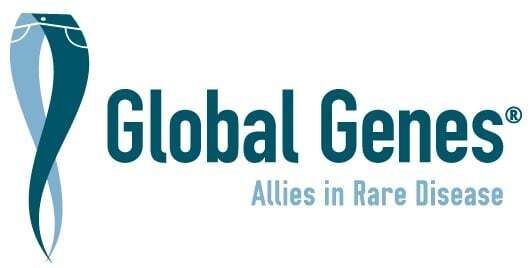
Diagnosis: Piecing Together the Puzzle
The diagnosis of Complex Lymphatic Anomalies (CLA) is a nuanced process that requires a comprehensive approach encompassing clinical evaluation, radiologic imaging, and laboratory investigations. Due to the rarity and heterogeneity of these conditions, accurate diagnosis is pivotal in charting an effective management course. Here's how the diagnostic journey unfolds:
1. Radiologic Evaluation: Imaging plays a crucial role in visualizing the extent and characteristics of CLA. Computed Tomography (CT) and Magnetic Resonance Imaging (MRI) provide detailed insights into bone involvement, soft tissue anomalies, and potential visceral impact. In cases of suspected Gorham–Stout disease, specialized skull imaging is often indicated to capture the intricacies of bone destruction.
2. Laboratory Investigations: A comprehensive array of laboratory tests is essential for diagnosing and understanding CLA. Complete Blood Count (CBC) with differential, coagulation profiles, serum biomarkers (such as angiopoietin-1 and angiopoietin-2), and liver and renal function tests offer valuable insights into the systemic impact of these anomalies.
3. Histopathology and Biomarkers: In certain scenarios, biopsy may be necessary to confirm the diagnosis. However, due to potential complications, biopsy of soft tissue lesions is preferred over bone biopsy. Histological examination reveals dilated lymphatic channels with specific endothelial markers like D2-40 and PROX-1. Furthermore, genetic testing of affected tissue, in addition to peripheral blood, can guide treatment strategies as mutations in CLA are often only found in involved tissue (somatic).
Management: Navigating the Multidimensional Challenge
Managing CLA is multifaceted, addressing both the anomalies themselves and the array of complications they bring forth. The goal is not just treating the condition, but also mitigating symptoms such as pain, improving quality of life, and minimizing the impact of complications. The following components play a pivotal role in the management of CLA:
1. Medical Management: The advancement of scientific research has led to drug therapies that target the specific causative gene mutations found in CLAs. mTOR inhibitors such as sirolimus and everolimus, bisphosphonates like zoledronic acid, PIK3CA specific inhibitors (alpelisib) and MAPK/MEK inhibitors (trametinib) offer treatment options. These drugs target important underlying disease processes and help alleviate symptoms and complications.
2. Supportive Care: Beyond medical therapies, supportive care is instrumental in the long-term management of CLA. Compression garments, lymphatic massage, and lymphatic pumps facilitate fluid drainage, enhancing mobility and reducing complications. Physical and occupational therapy, counseling, pain control, and nutritional interventions are integral components of the care strategy.
3. Surgical and Endovascular Interventions: CLAs are often large, involve multiple tissues and are not amenable to surgical resection. However, targeted surgical and interventional procedures have helped many patients. Sclerotherapy, laser ablation, excisional debulking, lymphatico-venous anastomosis, and thoracic duct re-implantation are examples of targeted interventional and surgical treatments. These are often used in combination with medical therapies to optimize outcomes and minimize the risk of potential life-threatening complications.
4. Ongoing Monitoring: Regular monitoring for complications and treatment responses is essential in the management of CLA. Physical examination, imaging, and laboratory testing should be conducted to proactively address potential issues and tailor the management plan accordingly.
Conclusion: Navigating the Path Ahead
Complex Lymphatic Anomalies are intricate conditions that require a multifaceted approach to diagnosis and manage. As medical understanding deepens and research progresses, the landscape of CLA management is evolving. Through interdisciplinary collaboration, patient education, and a patient-centered approach, we can strive to provide individuals with CLA the best possible care, improve their quality of life, and offer hope for the future.
Supporting the Cause: Taking Action
Your involvement can make a difference. Patient participation in available research studies is critical to advance our understanding of CLAs and better define the potential benefits and risks of new therapies. Also, making a donation to support research and awareness campaigns for Complex Lymphatic Anomalies helps fund these important studies. Together, we can contribute to advancements in diagnosis, treatment, and quality of life for those facing these anomalies. Contribute today and help us make a lasting impact.










